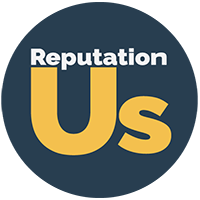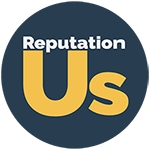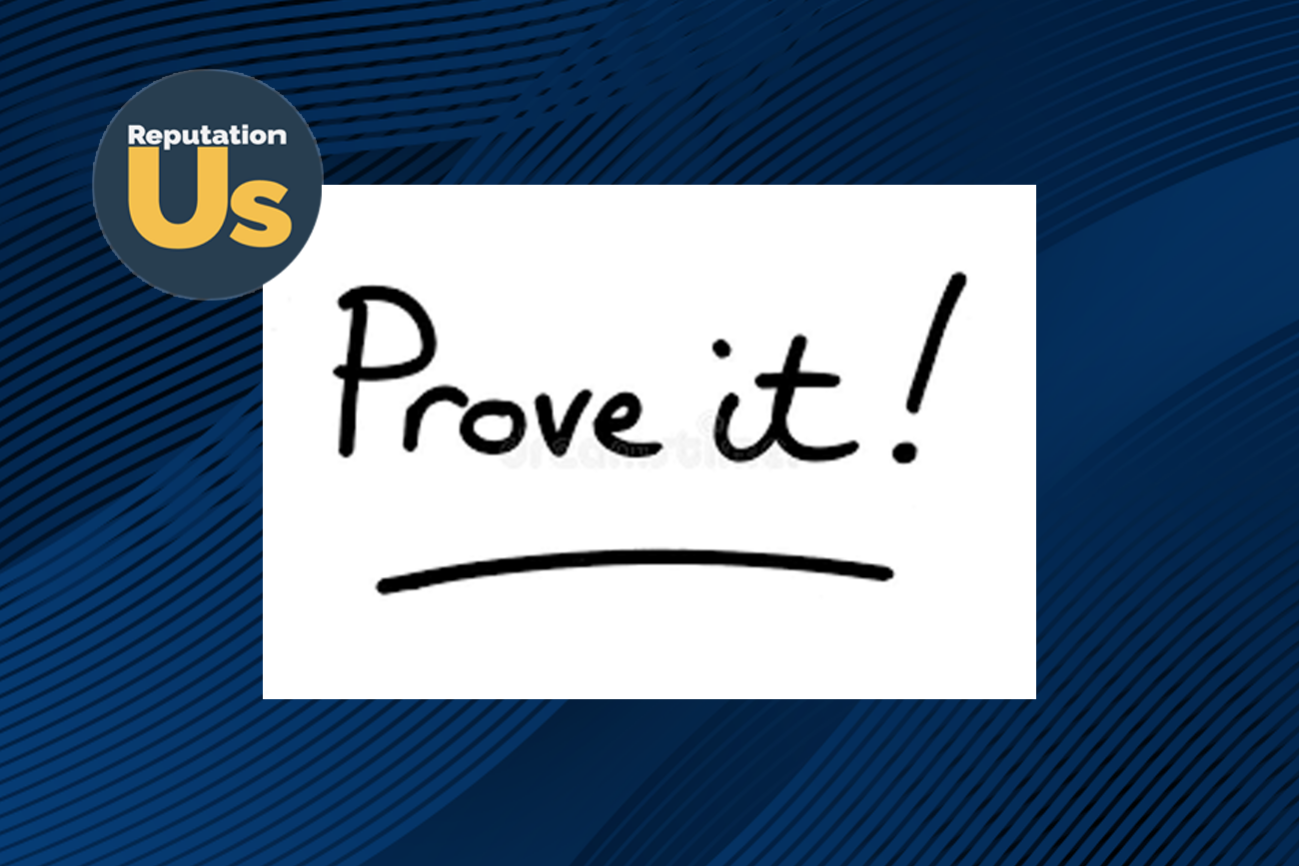Dime-a-dozen promotions fill the Web, but to build true trust, it takes more than super fabulous and illuminating adjectives. It takes facts—solid statistics, customer testimonies and proof points.
Every year, the Edelman Trust Barometer measures trust in four institutions – government, media, business and NGOs. The annual survey of more than 33,000 individuals in 28 countries seeks to understand the public’s perception of trust across different markets and demographics.
This year, the 2023 Edelman Trust Barometer, released in January, says the private sector must act to maintain its position as the most trusted institution, especially in the current volatile world where all organizations are being tested. How? Businesses must distribute trustworthy information, the survey found. Globally, 72 percent of people believe CEOs are obligated to defend facts and expose questionable science.
Content Considerations
Rather than shamelessly pitching goods and services with ordinary sales copy, be sure to present facts, statistics and stories with your content marketing that enhance consumer knowledge. More than 91 percent of businesses use content marketing, according to the Semrush State of Content Marketing report. Methods include blog posts, whitepapers, product reviews, ebooks and articles to images and infographics, videos and audio. But content also includes your press releases, corporate communications and annual report.
A 2020 report by the Content Marketing Institute (CMI) notes the top strategic goals that businesses achieve through content marketing are creating brand awareness (84%); educating their audience (75%) and building credibility and trust (65%).
Building credibility is an important component of having a good reputation. A survey on the impact of trust across industries around the world conducted annually by The Trust Edge Leadership Institute, looks at the importance of establishing trust, and how leaders win and lose it. In the 2021 Trust Outlook, 82 percent of all respondents said they would not refer the products or services of an organization they do not trust.
To create effective buy-in, the CMI survey found 64 percent of people are swayed by information from a trusted relationship; 26 percent by information from a news source, and 10 percent by information from social media.
This is all to say — facts help build trust, which help build a relationship — which help you maintain a good reputation.
Communication Rises to the Top
At ReputationUs we advise companies and organizations how to enhance, protect and defend their valuable reputations. Building communication credibility is one essential component of being considered a “trusted relationship.” This valuable aspect of reputation determines whether your message is received, or not. Without trust, any communications strategy will fall flat.
Leaders should use 1) clarity, 2) competency and 3) consistency to gain buy-in and build trust in the context of communication. Consider your message like A DIAMOND divided horizontally into three parts:
1. Clarity.
The top of a diamond serves as a good reminder of being upfront with communication: Get to the point. If you ramble, you will lose your audience’s attention. The Trust Edge Leadership research shows that people trust clarity; they distrust ambiguous or overly complex messaging. Identify the goal and theme of your message in advance; then use clear language to make an impact.
2. Competency.
The middle section of your communication diamond should be solid statistics and proof points. Demonstrate knowledge and share current trends in your industry in a cohesive way. Using facts to build trust can help you develop an audience that will ultimately reward you with their loyalty.
3. Consistency.
The bottom of the diamond reflects the point at the top. Reiterate and paraphrase what you presented at the beginning. Keep your message consistent and be intentional about your words and actions. This helps you build a positive reputation, both on an organizational and an individual level.
When it comes to considering the facts, take the time to identify how you are building trust with your audience. The results will have a positive, amazing and stupendous impact on your business outcomes, not just loose adjectives.





